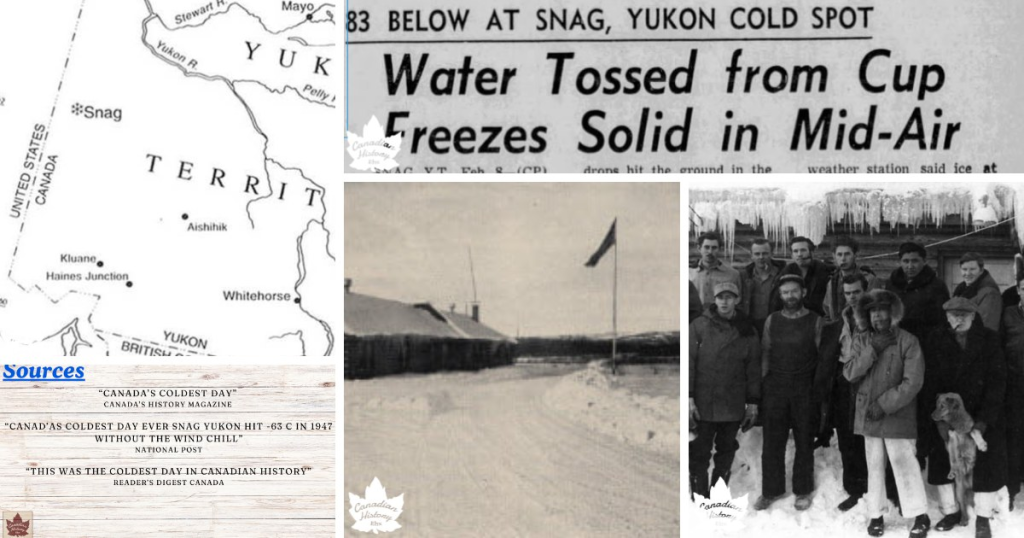Popular Topics
- AI/ML
- All About Universities
- Australia
- Canada
- Data Science / Analytics
- Denmark
- Dubai
- Environmental / Sustainability
- Finland
- France
- Germany
- Ireland
- Latest News
- Malaysia
- MBA/ Business
- Middle East
- New Zealand
- Poland
- Post Study & PR
- Program Selection
- Qatar
- Saudi Arabia
- Scholarships
- Spain
- STEM / Engineering
- Student Visa
- Study Destination
- Study Options By Subject
- Sweden
- Tests & Grades
- Thailand
- The Netherlands
- Travel, Stay, Culture Training
- UAE
- UK
- USA
Winters In Canada Survival Guide For Indian Students
- May 3, 2025
- 5 minutes

Winters in Canada for Indian students can be both exciting and overwhelming. The snow, chilly winds, and shorter days are a world apart from what most Indian students are used to.
Don’t worry, surviving the Canadian winter as an international student is absolutely possible with the right preparation.
In this guide, you’ll find practical Canadian winter tips for Indian students, from clothing to mental health. Let’s dive into how to survive winter in Canada for Indian students!
Understanding Canadian Winters
Winters in Canada are famous for their intensity. Temperatures can drop as low as -30°C in some regions, and snow can blanket cities for months. For Indian students, this can be a big adjustment.
Key facts:
- Duration: Winter typically lasts from November to March, but in some areas, snow can linger until April.
- Temperature: Most cities experience temperatures between -5°C and -20°C, with wind chills making it feel even colder.
- Daylight: Days are much shorter, with the sun setting as early as 4:30 pm in some places.

Essential Winter Clothing for Indian Students
Staying warm during winters in Canada starts with the right clothing.
Here’s what you’ll need:
- Winter Jacket: Invest in a high-quality, insulated jacket that is windproof and waterproof.
- Thermal Layers: Wear thermal tops and bottoms under your clothes for extra warmth.
- Accessories: Don’t forget a woolen cap, scarf, gloves, and thermal socks.
- Waterproof Boots: Choose boots with good grip to avoid slipping on ice.
Tip: Layering is key. Multiple thin layers trap heat better than one thick layer.
Preparing Your Accommodation

Your living space should be a cozy refuge from the cold during winters in Canada.
- Check Heating: Ensure your apartment or dorm has a reliable heating system.
- Seal Windows: Use weather stripping or draft stoppers to keep cold air out.
- Stock Up: Keep extra blankets, a hot water bottle, and emergency supplies handy.
Many Indian students in Toronto recommend using portable heaters for extra warmth during extreme cold snaps.
Staying Healthy During Winters in Canada

Cold weather can impact your health in unexpected ways.
Nutrition and Hydration
- Eat Warm Meals: Soups, stews, and hot drinks help maintain body temperature.
- Stay Hydrated: Indoor heating can cause dehydration, so drink plenty of water.
- Vitamin D: With less sunlight, consider vitamin D supplements after consulting a doctor.
Exercise and Mental Health Tips To Survive Winters in Canada
- Stay Active: Try indoor activities like yoga, gym workouts, or swimming.
- Beat the Blues: Short days can cause seasonal affective disorder (SAD). Spend time outdoors during daylight, and connect with friends to stay positive.
Navigating Cities During Winters in Canada

Getting around can be tricky, especially when it snows.
- Public Transport: Most cities have reliable buses and trains that run even during snowstorms.
- Dress for the Commute: Wear layers and waterproof boots, as you may have to walk through snow.
- Plan Ahead: Check weather forecasts and allow extra travel time.
Glance – Common Canadian Cities and Average Winter Temperatures

| City | Average Winter Temp (°C) | Snowfall (cm) |
| Toronto | -1 to -6 | 115 |
| Vancouver | 0 to 5 | 45 |
| Montreal | -6 to -12 | 210 |
| Calgary | -5 to -15 | 130 |
Socializing and Making the Most of Winter

Winter doesn’t mean you have to stay indoors all the time!
- Try Winter Sports: Ice skating, skiing, and snowboarding are popular and fun.
- Attend Events: Many cities host winter festivals and cultural events.
- Join Student Groups: Connect with other Indian and international students for support and friendship.
Example: The University of British Columbia’s Indian Students Association organizes winter meetups and cultural nights to help students feel at home.
Safety Tips for Surviving Winters in Canada as an International Student

- Watch for Ice: Walk carefully on sidewalks and use handrails.
- Emergency Kit: Keep a kit with a flashlight, snacks, and a phone charger in case of power outages.
- Know the Signs: Learn to recognize frostbite and hypothermia symptoms – numbness, pale skin, and shivering are warning signs.
Make the Most of Your Canadian Winter
Surviving Canadian winter as an international student is all about preparation and mindset. With the right clothing, a cozy home, and a positive attitude, you’ll not only survive but thrive.
Ready to start your journey? Explore more tips and resources at Admitix to make your overseas experience smooth and successful.
You Might Also Like: How To Get Into The University Of British Columbia (UBC)
FAQs
A. It’s best to buy most of your winter clothes in Canada. Local stores offer jackets, boots, and accessories specifically designed for Canadian winters, ensuring better warmth and quality.
A. Wear waterproof boots with good grip, walk slowly, and use handrails when available. Avoid rushing and always watch for icy patches, especially on sidewalks and stairs.
A. Use draft stoppers on windows and doors, layer up with blankets, and consider a portable heater if allowed. Keeping curtains closed at night also helps retain heat.
A. Stay connected with family and friends through calls or video chats, join student groups, and participate in campus or community events to build a support network.
A. Travel is generally safe, but always check weather forecasts and road conditions before planning trips. Use public transport when possible, and avoid driving in heavy snow unless you are experienced.



